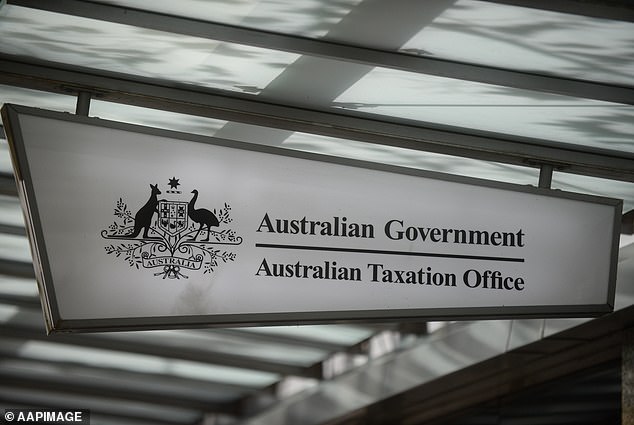Up to 150 Australian Taxation Office employees have been investigated for suspected involvement in a social media scam that bilked $2 billion.
In an auditor general’s report on the management of GST fraud, the tax office revealed that it dismissed some employees and launched criminal investigations into others who were linked to widespread fraud.
The ATO workers were investigated as part of Operation Protego, created to target people who benefited from bogus GST refunds.
The operation was established after the tax office received a large increase in refund fraud reports, as well as an increase in the number of Australian business numbers and GST registrations.
Up to 150 Australian Taxation Office employees (ATO office file image pictured) have been involved in a social media scam to fraudulently obtain a huge sum of $2 billion.
Social media videos also offered advice on how people could claim more money through GST refunds.
The auditor general’s report said those suspected of claiming false GST refunds had attempted to claim amounts between $38,900 and $2.4 million.
“The ATO has identified that 57 per cent of people involved in the fraud were receiving a government benefit,” its report says.
“About 30 percent of people tried to get a fraudulent refund a second time and 10 percent tried a third time.”
Since the operation was launched, the tax office has claimed more than $2 billion, while another $2.7 billion was prevented from being transferred just before the payment was made.
As of August 2023, more than 100 arrests and 16 convictions have been made.

The ATO has claimed billions of dollars (file image of a $100 note) in bogus GST refunds.
It is estimated that more than 57,000 people tried to claim the fake refund.
The report says these included 150 tax office employees, who were investigated by the ATO’s internal fraud team.
“The ATO has pursued a number of treatment strategies, including termination of employment and criminal investigations.”
More than $120 million in financial penalties have been imposed on individuals who participated in the fraudulent scheme.

